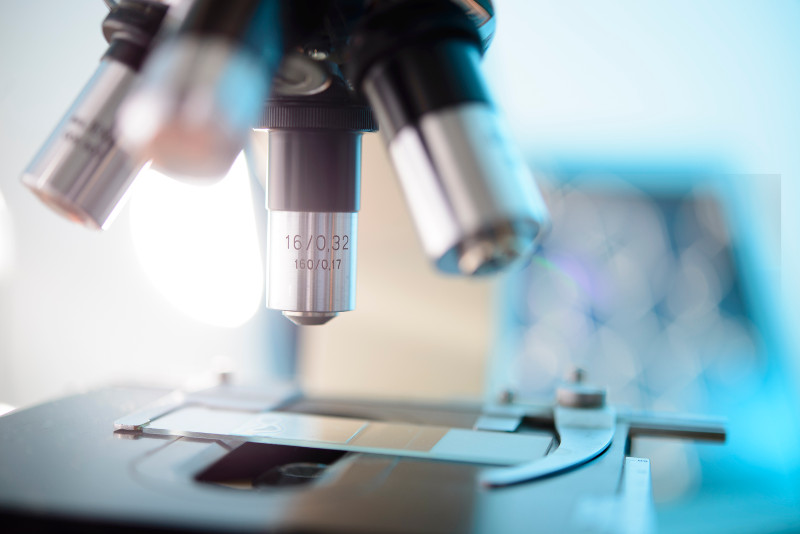Diagnostic Subspecialties

The Department of Pathology at UT Southwestern provides diagnostic expertise in more than 25 subspecialties of Anatomic, Clinical, Pediatric, Neuropathology, and Forensic Pathology.
Our faculty are world-renowned leaders in their respective fields and have written numerous textbooks and scientific papers. Our subspecialty groups and laboratories set the standard for quality using state-of-the-art methodology and drive timely, precise, and accurate diagnostic results.
Affiliated Hospitals

